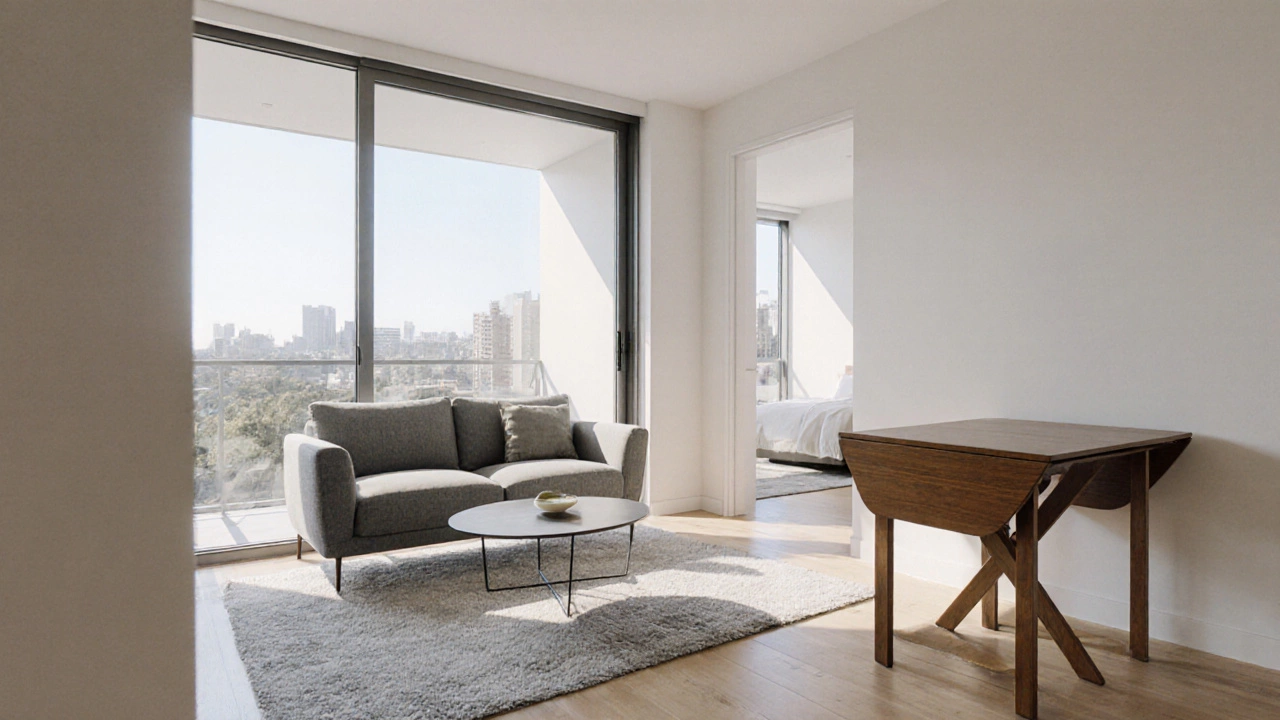2BHK Floor Plan: Understanding Layouts and Design Tips
When looking at a 2BHK floor plan, a layout that includes two bedrooms, a hall, and a kitchen, commonly used in Indian apartments, also known as two‑bedroom floor plan, it helps to see how each zone connects. This type of plan Apartment layout, the arrangement of rooms and circulation spaces within a dwelling shapes everyday flow. Effective Space planning, the process of organizing interior areas to maximize function and comfort decides whether the kitchen feels cramped or the living room stays airy. For buyers, a clear layout also influences Property valuation, the market price assigned to a real‑estate asset based on its features and location. Understanding these pieces makes the next step—whether you’re scouting a new home or helping a client—much smoother.
2BHK floor plan isn’t just a label; it’s a blueprint that tells you how many private spaces you’ll get, how the communal area is shaped, and where storage can fit. Most buyers start with the bedroom count to gauge family fit, then move to the hall size for entertainment or work‑from‑home needs. A well‑designed hall can double as a home office without crowding the bedrooms. The kitchen’s position—whether it’s open‑plan or tucked away—affects ventilation, natural light, and how the flow to the dining area feels. When you picture a 2BHK, think of three core zones that must work together, not three isolated rooms.
Designing a functional 2BHK starts with space planning fundamentals. First, map out traffic paths: you don’t want to walk through a bedroom to reach the bathroom. Next, allocate at least 120‑150 sq ft per bedroom to keep furniture placement flexible, especially if you plan to add a crib or a home‑gym corner later. The hall should ideally occupy around 30‑35% of the total carpet area, giving room for a sofa set, a media console, and a small work desk. Kitchen designs vary, but a U‑shaped or L‑shaped layout often maximizes countertop space while keeping the work triangle short. Adding a breakfast nook or a pantry can free up cupboard space and make the kitchen feel larger.
From a buyer’s perspective, the 2BHK floor plan directly impacts property valuation. Markets reward layouts that offer clear separation between private and public zones because they cater to a wider audience—families, couples, and remote workers alike. An open‑concept hall that flows into a balcony adds perceived square footage, which can boost the resale price by up to 8 % in high‑demand areas. Conversely, cramped corridors or oddly placed service rooms can depress value. Real‑estate agents often highlight a well‑balanced 2BHK as a selling point, especially when competing against larger but less efficient units. Understanding how layout choices affect price helps both investors and first‑time home buyers make smarter decisions.
Beyond the structural layout, practical design tips can make a 2BHK feel spacious. Use light‑colored walls and large windows to reflect natural light, creating an illusion of depth. Multipurpose furniture—like a sofa bed or a fold‑out dining table—keeps the floor uncluttered. Built‑in storage under the beds or along hallway walls reduces the need for bulky wardrobes. Mirrors placed opposite windows double the light and visually expand the room. Finally, keep the color palette cohesive; too many competing hues can fragment the visual flow, making the space feel disjointed.
With these fundamentals in mind, you’re ready to dive into the articles below. They cover everything from calculating property value to navigating rental laws, all tied back to the core idea of a well‑planned 2BHK floor plan. Whether you’re an investor, a renter, or a homeowner, the insights ahead will help you turn a simple layout into a strategic advantage.
What Does 600sqft Look Like in a 2BHK Apartment?
by Arjun Mehta Oct 16 2025 0 ApartmentsExplore how a 600sqft 2BHK apartment is laid out, see furniture tips, space‑saving tricks, and Melbourne market insights to help you visualise and choose the right size.
READ MORE